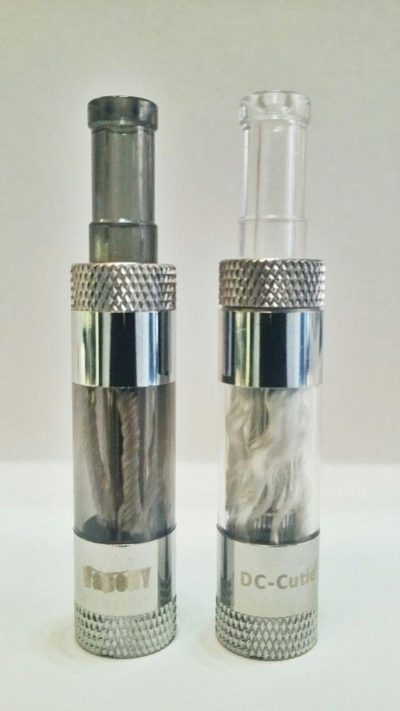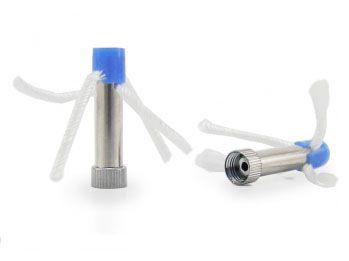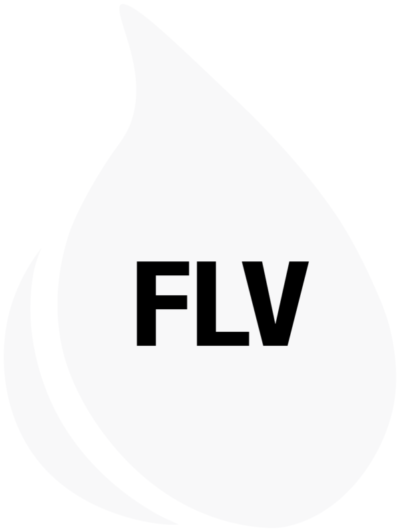
- Spike Babaian, the co-owner of VapeNY, a Lower East Side Shop that only sells e-cigarettes.
By Zara Stone
It’s the modern-day version of a tobacco shop.
Electronic cigarettes have become such a booming business — there’s now dozens of brands to choose from — that one line, VapeNY, opened its own stand-alone store on the Lower East Side last week.
It’s the first such shop of its kind in the city, said co-owner Spike Babaian, exclusively selling e-cigarettes and accessories. Customers can sit down and sample VapeNY’s various flavors and nicotine strengths before buying.
Before, e-cigarette loyalists had to buy products at drug stores and online — without trying it first, said customer Mike Chan, 41, a Lower East Side resident.
“People need to try before they buy,” explained Babaian, who smoked cigarettes for 20 years before switching over.
Each VapeNY e-cigarette can be tailored to the customer, she said. Everything from the strength of the nicotine cartridge — it has a range of zero to “extra high” — and flavors, including regular tobacco, vanilla, cherry and Juicy Fruit, can be adapted.
“They’ll never taste like a cigarette as they’re not on fire,” Babaian said, standing next to a red “no smoking” sign in her store. “But if you get the right vapor, you get the real feeling of smoking.”

- E-cigarette flavors on display at VapeNY, on the Lower East Side.
The look of the e-cigarette can even change — patterns include pink, blue, zebra and skulls.
The demand for e-cigarettes has become so big, that brands such as Playboy and Marlboro recently said they will launch their own lines. Retail sales in the U.S. could reach $1 billion, industry watchers said in June.
“We plan to open a store in Brooklyn this year,” said Ms. Babaian. “I just got off the phone, and had our biggest order yet, $15,000 — we don’t even have that much stock.”
The brand also opened a small kiosk in Jamaica, Queens, two years ago.
The devices are a contentious issue for legislators, as they fall into gray areas of regulation. They’re powered by a battery that uses the heat reaction from inhalation to vaporize the nicotine-filled liquid cartridge, which creates a smoke-like mist. This vapor is a combination of water, vegetable glycerin and propylene glycol.
The U.S. Food and Drug Administration currently regulates cigarettes, cigarette tobacco, roll-your-own tobacco, and smokeless tobacco. The agency could soon propose a rule that would extend their authority to e-cigarettes, officials said.
“Further research is needed to assess the potential public health benefits and risks of electronic cigarettes and other novel tobacco products,” said FDA spokeswoman Stephanie Yao.
In June, the University of Catania in Italy published results of the first significant trial of e-cigarette users, finding that they helped 10% of people quit smoking. But other reports say that the very act of inhaling the vapor can cause respiratory blockages.
In response to the lack — and often conflicting— information surrounding the industry, Governor Cuomo signed a bill in to law in 2012 that prohibits e-cigarette sales to minors. Other New York entities followed this lead, the latest being the Long Island Rail Road, which banned e-cigarettes from its trains in June.
Ms. Babaian is not happy with these developments. “Legally you can’t smoke on the LIRR but vaping isn’t smoking. The rules say you can’t carry a burning product but there is no fire in a Vape,” Ms. Babian said.




